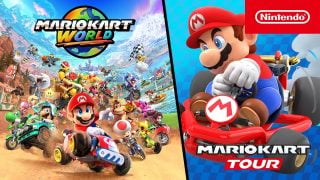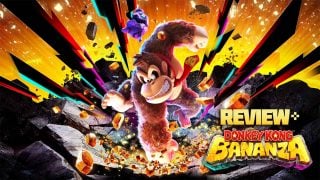For many series, the jump from one platform to the next is a natural progression, especially when most recent systems are just doing what they’ve always done but “better.” With that in mind, the biggest paradigm shift had to be the jump from 2D to 3D. Just ask anyone who’s ridden Yoshi through every stage of Super Mario World how they felt once they were guiding Mario along the Z-axis in Super Mario 64. It changed everything, for plenty of reasons, including some behind-the-scenes details.
If you were a fan of RPGs on the NES and Super Nintendo, you knew what Final Fantasy was. The series was synonymous with Nintendo’s consoles, with its first six main entries all calling one or the other home. They may not have all been localized (with the West missing out on the second, third, and fifth entries ’til much later), but what we did get was some memorable and superlative storytelling in games in the form of Final Fantasy IV and VI (though they were released here as II and III, respectively, due the previously mentioned omissions).
These were all sprite based RPGs, with about half playing with the series’ now-iconic Job System, and the other half taking those classes and attaching them to more defined characters and personalities. As these character-centric plots became more common and their storytelling lauded, the series expanded its proclivity for presentation while still introducing new gameplay and character building (in the RPG sense) ideas that attempted to complement them. That brings us back to the jump to the third dimension, and part of why it’s taken so long to see the core series return to Nintendo.
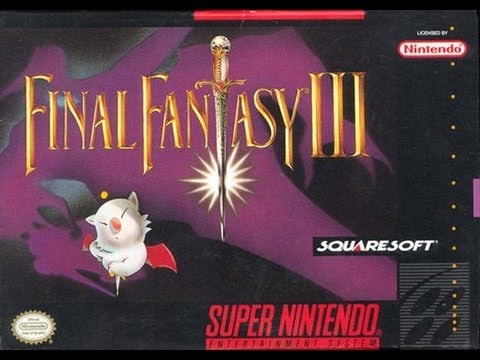
As Square was developing Final Fantasy VII, various technical and economic reasons that led the company to leave cartridges behind and instead develop for the disc based PlayStation. What would follow would be near universal acclaim at the time and enough sales and spinoffs to make this game the effective face of the series. From then on the mainline FF titles were primarily developed for PlayStation consoles until HD became the new standard and the line was somewhat blurred between Microsoft and Sony on a hardware level.
Nintendo fans, meanwhile, had to contend with (admittedly welcome) re-releases of the 16-bit titles on handheld and experimental spinoffs, such as the Crystal Chronicles series. Even when things were great (such as the Game Boy Advance’s Final Fantasy Advance or later on the FF inspired Bravely Default games), it was rare to see anything that could be traced back to the core series of numbered titles past VI on Nintendo consoles. Though we did get the localized debut of Final Fantasy III via its remake on DS, followed by a similar treatment for IV, there was still no sign of the Sony era titles. During this time, the PlayStation line of handhelds eventually hosted nearly everything (the Vita reaching up to the Final Fantasy X Remaster) mostly via their digital storefronts.
It’d take the 3DS’ Theatrhythm games to break this trend in a notable way, and even with how much I genuinely love those games they still weren’t numbered games on Nintendo platform. They merely paid tribute to them and their music, with no other notable presence of the series until Super Smash Bros. for Wii U & 3DS gained VII’s Cloud Strife as a playable, DLC fighter. It was an unprecedented move, though one conspicuous in how minimal the representation went in-game. It was nearly cause for alarm, and if you’d asked me before Super Smash Bros. Ultimate’s bold “Everyone is Here!” proclamation was made, I’d have cited Cloud as one of, if not the most likely character, to be dropped.
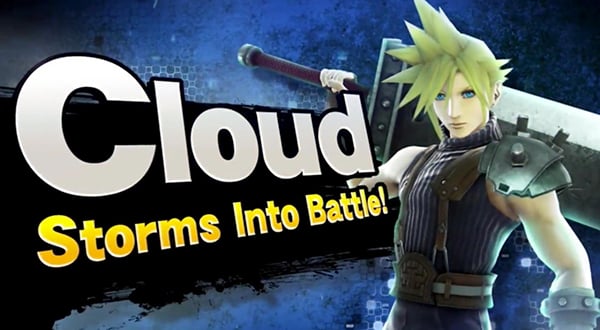
Unlike other, returning DLC guest series Street Fighter and Bayonetta, Cloud only brought the same few songs back with him for Ultimate. No Assist Trophy, no boss, and the only Spirits in sight were Cloud’s own Smash renders. There’s no way to know the limitations or terms of Square Enix and Nintendo’s agreement on the matter, but from a fan perspective, it was a disheartening stand-still at best, and a damning step backwards at worst.
Between those Smashes, things were about as muted as ever from a Nintendo perspective. The original Final Fantasy and VI were both present on the NES and SNES Classics respectively, sure, but mobile and PC markets started to see plenty of Final Fantasy representation with a litany of re-releases. Final Fantasy XIV overcame a difficult launch to become a thriving MMO that still rakes in players, and Final Fantasy XV made its long-awaited release on PlayStation 4 and Xbox One and saw a steady stream of updates. Nothing out of the ordinary, unfortunately.
Then we got that sweet, sweet September Direct.
In one fell swoop Nintendo revealed that the Switch would be receiving multiple Final Fantasy re-releases. Some were likely for the platform, such as Chocobo’s Mystery Dungeon: Every Buddy and a remaster of Crystal Chronicles. But amongst them were four that signaled the end of these dark times: Final Fantasy VII, IX, X, and XII were all going to be making their Nintendo console debut on Switch. Around here we love IX’s throwback style and lighter atmosphere — and the two PlayStation 2 titles are great gets, but for longtime fans the real prize on a symbolic level here is VII. Even if its reputation is slightly more scrutinized in this day and age, the significance of its arrival can’t be denied — if we got VII, barring legal and technical hurdles, then we can get anything.
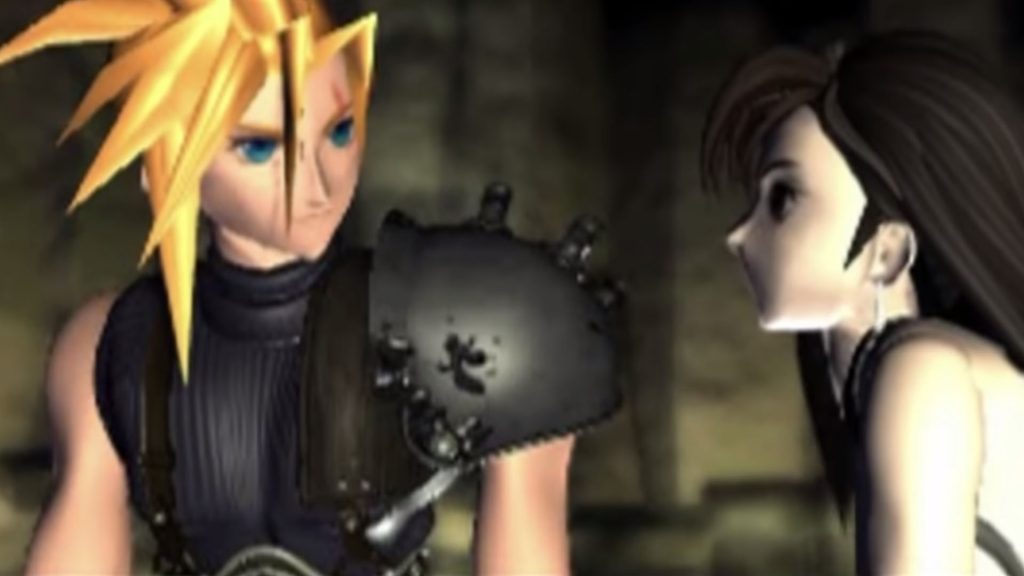
Since then, IX and VII have both been released, both sitting proudly on the eShop’s best-sellers list, with X and its direct sequel X-2 dropping today. Nothing else is on the horizon at this time, but with the notable omission of Final Fantasy VIII and the backlog of 8 and 16-bit titles to return to, there’s no shortage of potential releases for the brand. Previous popular spinoffs could get their due, there are murmurs of XIV coming to the system, and there are always tangentially related titles like Kingdom Hearts to consider. More importantly though, it’s an open door to a future when it isn’t strange to see these games on a Nintendo console. Be it the Switch or any potential successor, this decades-long story might finally have a happy ending.
Leave a Comment
